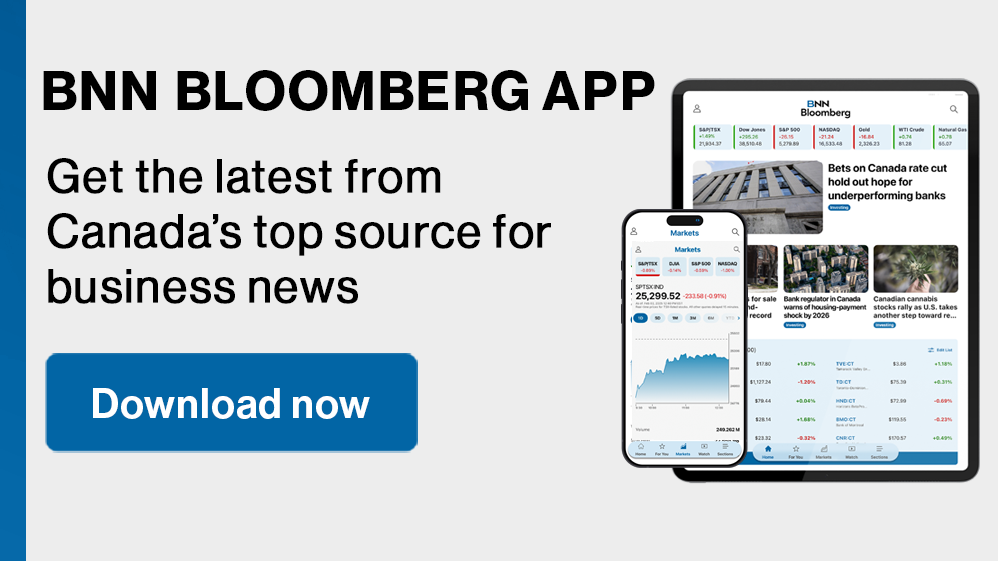Mark Carney promised to cap the size of the Canadian public service and undertake a program spending review if he becomes prime minister, but did not provide details of how much he would reduce government outlays overall.
The ex-central banker said he would change the way the Canadian government structures its budget if he becomes prime minister, separating out the operating budget from capital expenses, and would balance the operating budget within three years.
He said his government would run “a small deficit on capital spending that aligns with our fiscal capacity,” and “adopt a fiscal rule to ensure that government debt-to-GDP declines over the budget horizon.”
The promises were made in a speech delivered Wednesday afternoon in Toronto. Carney — the former governor of the Bank of Canada and Bank of England — is a front-runner in the race to replace Justin Trudeau as Liberal Party leader and Canada’s prime minister, which is set to conclude March 9.
He said Canadians need a government that “that spends less and invests more.” He attacked Trudeau’s government for a record that “consistently missed its spending targets and breached its fiscal guardrails.”
That criticism implicitly targets Trudeau’s finance minister from 2020 to 2024, Chrystia Freeland — who is also the chief rival to Carney in the leadership race. A C$62 billion ($43.6 billion) deficit in the last fiscal year blew past her pledge to keep the shortfall at or below C$40.1 billion.
“With our economy under threat from our largest trading partner, Canada needs a responsible new budget framework that will catalyze transformative new investment in building Canada’s future,” Carney said.
Carney outlined a need for major new infrastructure spending, including to build millions of new homes, create new trade corridors, grow the country’s military capacity, and expand the computing resources to support artificial intelligence and innovation.
But he did not specify how much of this investment would be public dollars, only saying his government would “focus on ensuring that government capital investment dollars catalyze multiple times their value in private investment.”
Carney said reducing government spending would create “room for personal income tax cuts so that Canadians can keep more of their hard-earned money and better cope with the higher cost of living.”
His government would “slow the growth of government spending, initially cap the size of the public service, and review our spending with an emphasis on outcomes and technology to reduce inefficiencies,” Carney said.
But he did not reveal what level he would set the cap at, or if he had a dollar target for reining in program spending. He promised not to reduce fiscal transfers to individuals such as pension and unemployment benefits, or the transfers to provinces in areas such as health care.
“By catalyzing major private investment while disciplining core government spending, this approach will grow our economy ensuring that the overall debt burden declines over time, while new jobs and higher incomes are created for Canadian workers,” Carney said.
Brian Platt and Ari Altstedter, Bloomberg News
--With assistance from Erik Hertzberg.
©2025 Bloomberg L.P.

